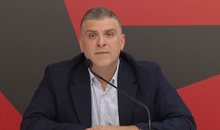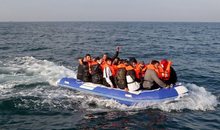
 Flash News
Flash News
A stable in Fier is engulfed in flames, agricultural equipment and haystacks are burned
Taulant Xhaka is introduced as a player-coach of the Albanian team in Switzerland
Iranian Foreign Minister Admits Serious Damage to Nuclear Power Plants
He bought votes for his daughter, SPAK takes the father of the PSD candidate to trial
Russia prepares summer offensive with help from North Korean troops in Ukraine
Analysis/ How did the US use penetrating bombs on Iran's nuclear facilities?
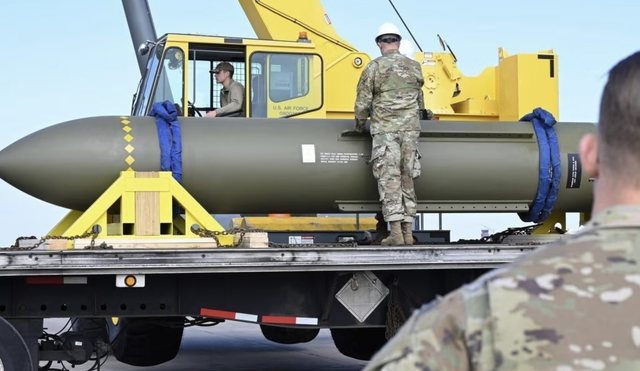
The penetrating bombs that the United States dropped on two nuclear facilities in Iran were custom-made and were the result of more than 15 years of work in the field of weapons discovery and development, senior Pentagon leaders said Thursday.
Defense Secretary Pete Hegseth and General Dan Caine, chairman of the Army Joint Chiefs of Staff, said in a press conference that they were confident the weapons struck exactly as planned.
Caine, the country's top military officer, provided new details about the work that went into building "bunker-busting" bombs and how the US used them to penetrate Iranian facilities.
He tried to show the extent of the destruction, but did not directly comment on President Donald Trump's statement that Tehran's nuclear program has been "completely destroyed."
The bombs – called the GBU-57 A/B Massive Ordnance Penetrator – were created after a secret briefing, several decades ago, that spoke of a large construction project in the mountains of Iran, Caine said.
The project turned out to be the fuel enrichment plant at Fordo, which is believed to have begun construction around 2006.
It became operational in 2009 – the year Tehran publicly acknowledged its existence.
The classified information was shared with a Defense Threat Reduction Agency official in 2009. He and a colleague “focused completely” on the Fordow facility for the next 15 years, studying the soil, the construction work, the earthworks and “every piece of equipment that went in and out of that place,” Caine said.
What they found was that the US didn't have a bomb that could destroy those facilities. So the Pentagon had to start work on developing one, Caine said.
"We had a lot of experts with PhDs working on a testing program, doing modeling and simulations. In fact, we were the largest users of supercomputers in the US, although we did this in secret," he said.
The bomb, weighing about 13,600 kilograms, consists of steel, explosives and a fuse, which is programmed to explode at a certain time.
The longer the fuse, the deeper the bomb will penetrate the ground before exploding.
Over the years, the military tested and retested the bomb hundreds of times in simulated facilities, Caine said.
Ford had two main ventilation routes leading into the underground facility, and officials carefully monitored these entry points to use as targets to strike the plant.
Each of them had three vertical tunnels – one main tunnel and two smaller tunnels on each side, which on the Pentagon's graphics looked like a three-pronged fork.
Before the U.S. attack, Iran placed large concrete slabs over them to protect them, Caine said.
To respond, the US devised an attack plan that would use six deep-penetrating bombs, one for each of the two ventilation routes.
They would mainly hit the main tunnel, which led to the plant where fuel enrichment was carried out.
Seven B-2 bombers flew, each carrying two large bombs. The first bomb was used to destroy the concrete slab, Caine said.
Four other bombs fell in the main tunnel and penetrated deep into the plant at a very high speed – more than 300 meters per second – before exploding, he explained.
The sixth bomb was kept in reserve, in case something went wrong.
In addition to the 12 bombs dropped on Fordow – six on each of two ventilation shafts – two more hit Iran's main facility at Natanz, Caine said.
Each crew confirmed that the bombs had exploded because they saw them being dropped from the planes flying in front of them.
"We know that the planes that were following behind saw the weapons in action," Caine said.
The pilots reported it was the brightest explosion they had ever seen – it looked like it was daylight, he said.
The location of Iran's highly enriched uranium is not very clear.
Caine said the munitions were properly built, tested and loaded, were accurately aimed at their targets and exploded as planned.
"Iran's nuclear facilities have been destroyed," Hegseth said.
However, it is not yet known whether highly enriched uranium, which Iran could use to make nuclear weapons, was there at the time of the attack.
Asked several times, Hegseth did not answer whether the uranium had been destroyed or moved.
"I haven't seen any intelligence that would tell me that things weren't in their place — whether they were moved or otherwise," Hegseth said./ Associated Press
Latest news

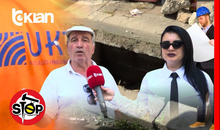
Residents of Astir denounce the mixing of drinking water with sewage
2025-06-27 22:29:46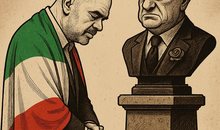
The counterfeiter of the nation
2025-06-27 21:58:15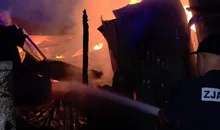


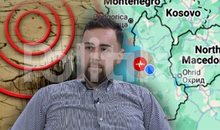

Trump speaks again about Kosovo and Serbia: they are about to clash in a big war
2025-06-27 21:10:27
Tragedy in France/ Plane crashes, 3 people die
2025-06-27 20:54:17
BIRN: Here's who covered Rama's private jet trip to The Hague airport
2025-06-27 20:40:58

Adorable or just plain weird? How Labubu dolls took over the world
2025-06-27 20:07:29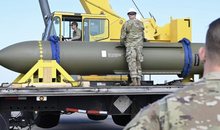
Analysis/ How did the US use penetrating bombs on Iran's nuclear facilities?
2025-06-27 20:01:37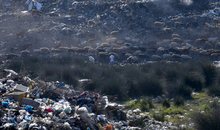
Tourist Vlora with waste incineration!
2025-06-27 19:41:46

Cristiano Ronaldo renews contract with Al Nassr until 2027
2025-06-27 19:17:59

Iranian Foreign Minister Admits Serious Damage to Nuclear Power Plants
2025-06-27 18:50:21


Michelle Obama reignites divorce rumors with Barack Obama
2025-06-27 18:10:15
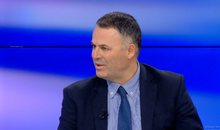


Ukraine seeks Zelensky-Putin meeting after talks on humanitarian issues
2025-06-27 17:16:08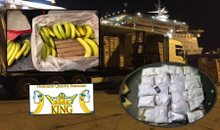
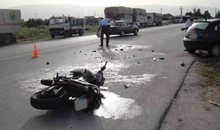
Car hits 16-year-old with motorcycle in Vau e Dejës
2025-06-27 16:36:06
Italian tourist dies of cardiac arrest in Zvërnec
2025-06-27 16:26:10
Russia prepares summer offensive with help from North Korean troops in Ukraine
2025-06-27 16:15:18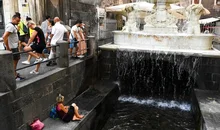

Bad news for migrants, Germany temporarily suspends family reunifications
2025-06-27 15:46:05
Alizoti: Here's when the internal analysis in the DP will begin
2025-06-27 15:33:59

Four reasons why you can't sleep at night
2025-06-27 15:08:40
Two elderly men rape 38-year-old woman in Tirana
2025-06-27 14:59:36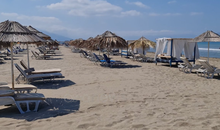
Italian dies on Zvërnec beach
2025-06-27 14:49:14
Love at first sight and separation, unpredictable July for signs!
2025-06-27 14:31:49
Veliaj 'fights' corruption allegations with PR campaign on TikTok
2025-06-27 14:23:10
Gas cylinder explodes in Shëngjin, injuring a woman
2025-06-27 14:09:39
Environmental scandal in Vjosa, prosecution of oil decantation responsibility
2025-06-27 13:58:57
Gray hair is not caused by age, stress burns pigment cells from the inside
2025-06-27 13:50:02
33-year-old man found dead in Elbasan
2025-06-27 13:36:26


Criminal who helped inspire 'Stockholm syndrome' theory dies
2025-06-27 13:19:50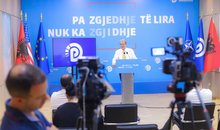
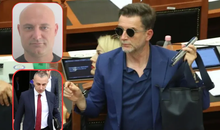

Guard found hanging in the building where he worked in Vlora
2025-06-27 12:51:44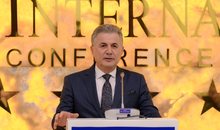
Party political interest versus national interest
2025-06-27 12:43:06
Tabaku: The crisis in the pockets of Albanians is a consequence of misgovernment
2025-06-27 12:30:38

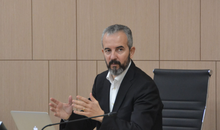
CEC distributes mandates for MPs in 4 districts
2025-06-27 12:02:23
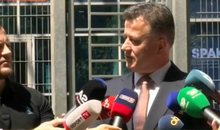


Haxhiu: If I don't get 61 votes in a secret ballot, I will withdraw
2025-06-27 11:24:32
Access to the e-mails of 3 SPAK prosecutors, Zamblak Gjonaj remains in prison
2025-06-27 11:06:45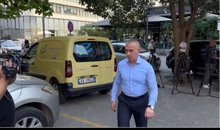

Flamur Noka appears in SPAK
2025-06-27 10:40:04

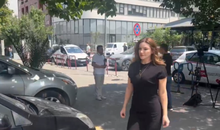


Accused of being part of a criminal group, 23-year-old arrested in Vau e Dejës
2025-06-27 09:41:31
What does Kosovo risk from the lack of new institutions?
2025-06-27 09:32:57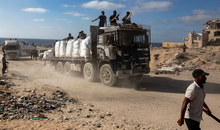
At risk of starvation, Israel closes aid route to Palestinians in Gaza
2025-06-27 09:21:58

Consecutive earthquake tremors in Tirana
2025-06-27 09:02:51
Does baking soda help with diabetes problems?
2025-06-27 08:53:29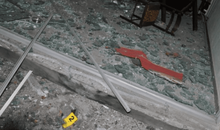
TNT explosion in a shop in Fushe Kruja
2025-06-27 08:46:49

Horoscope, what do the stars have in store for you today?
2025-06-27 08:20:01
Weather forecast, how temperatures will change during the day
2025-06-27 08:04:57
Morning Post/ In 2 lines: What mattered yesterday in Albania
2025-06-27 07:52:35
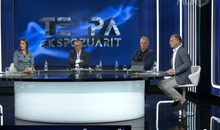
Race for the head of BKH/ Bushati: Only those who bow down make a career
2025-06-26 22:41:37
Lapaj: We can merge into a party with 'Nisma Thurje'
2025-06-26 22:25:53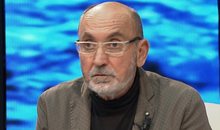
Vote recount, Lubonja: Electoral manipulation took place before May 11
2025-06-26 22:12:23
Health Center inside the sports field, the wonder of the next project in Lushnje
2025-06-26 22:00:10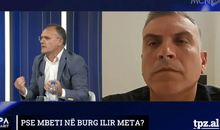


"The Task Force acted selectively"/ Bushati: SPAK was a government tool!
2025-06-26 21:33:19

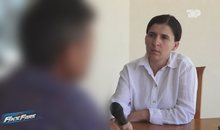
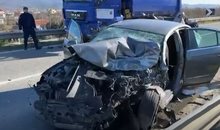
Accident in Lezha, 69-year-old loses control and hits 4 parked vehicles
2025-06-26 20:51:34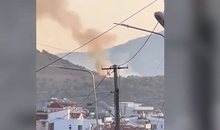


KPA upholds dismissal of judge Avni Sejdi
2025-06-26 20:15:54

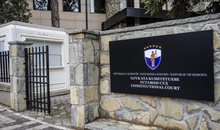
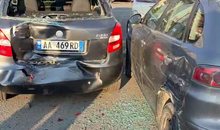
Accident in Lezha, car ends up in the parking lot of a playground
2025-06-26 19:35:03
Special court for the war in Ukraine, Zelensky signs the agreement in Strasbourg
2025-06-26 19:17:43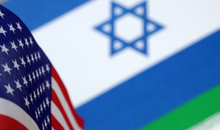


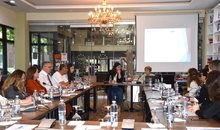
Report/ Albanian healthcare between limited transparency and under-financing
2025-06-26 18:34:34